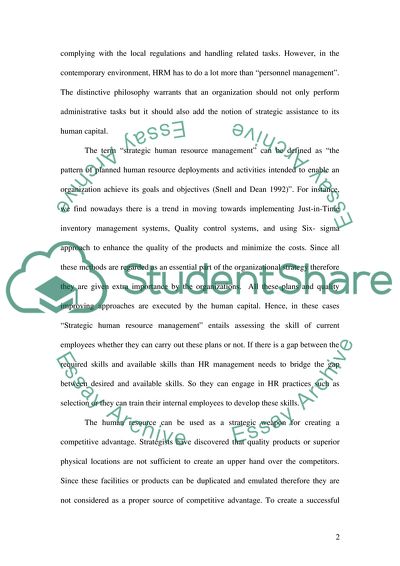Cite this document
(Human Resources: Carrying Out Organizational Activities Research Paper - 6, n.d.)
Human Resources: Carrying Out Organizational Activities Research Paper - 6. Retrieved from https://studentshare.org/human-resources/1725216-human-resource-management
Human Resources: Carrying Out Organizational Activities Research Paper - 6. Retrieved from https://studentshare.org/human-resources/1725216-human-resource-management
(Human Resources: Carrying Out Organizational Activities Research Paper - 6)
Human Resources: Carrying Out Organizational Activities Research Paper - 6. https://studentshare.org/human-resources/1725216-human-resource-management.
Human Resources: Carrying Out Organizational Activities Research Paper - 6. https://studentshare.org/human-resources/1725216-human-resource-management.
“Human Resources: Carrying Out Organizational Activities Research Paper - 6”, n.d. https://studentshare.org/human-resources/1725216-human-resource-management.


